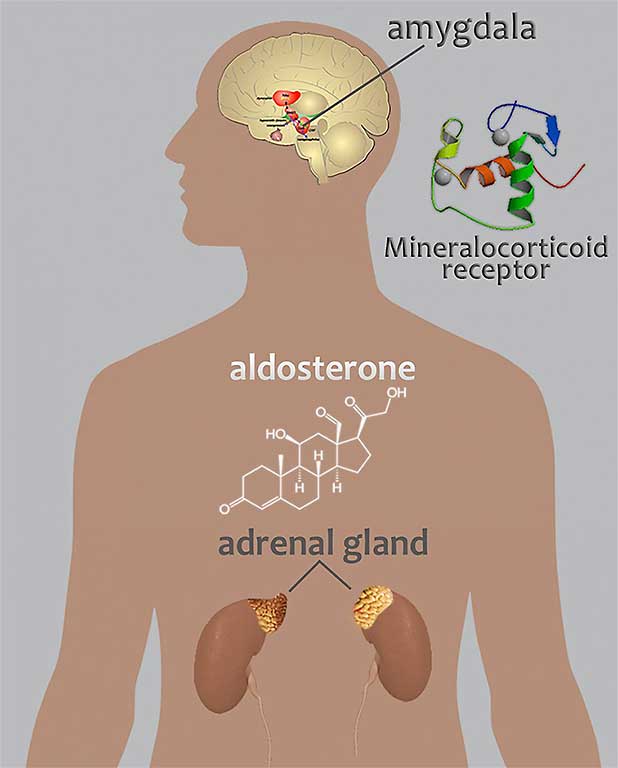Featured Paper of the Month – November 2017
This paper describes three separate studies, conducted with non-human primates, rats, and humans, that investigated the potential contribution of the hormone aldosterone and its mineralocorticoid receptor to alcohol use disorder. Taken together, these findings suggest a relationship between excessive alcohol use, alcohol use disorder, and specific changes in the aldosterone/ mineralocorticoid receptor pathway marked by increased circulating aldosterone and decreased mineralocorticoid receptor gene expression in the amygdala. Future studies should further investigate the mechanisms underlying the relationship between alcohol drinking and the aldosterone/ mineralocorticoid receptor pathway and whether this pathway might be targeted for the development of new pharmacotherapies for alcohol use disorder.
Publication Information
In: Mol Psychiatry, 2017, ISSN: 1476-5578 (Electronic); 1359-4184 (Linking).

